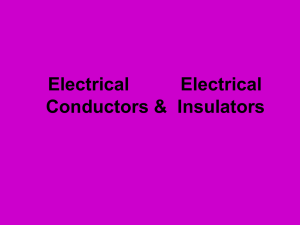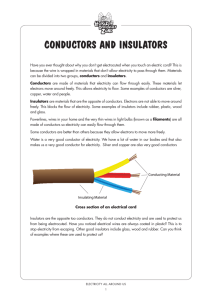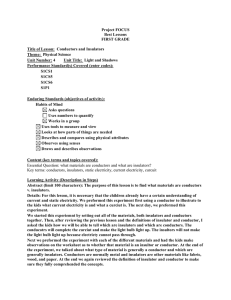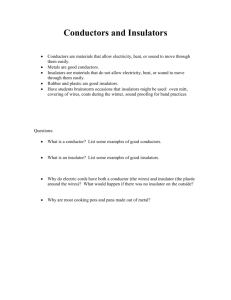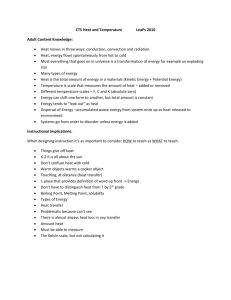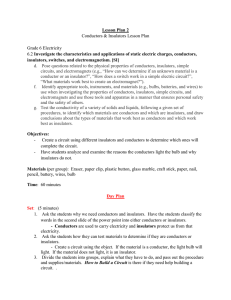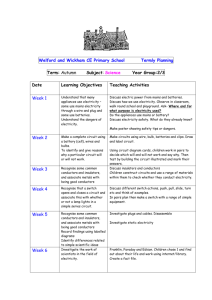4th Science 4.3 - Henry County Public Schools
advertisement
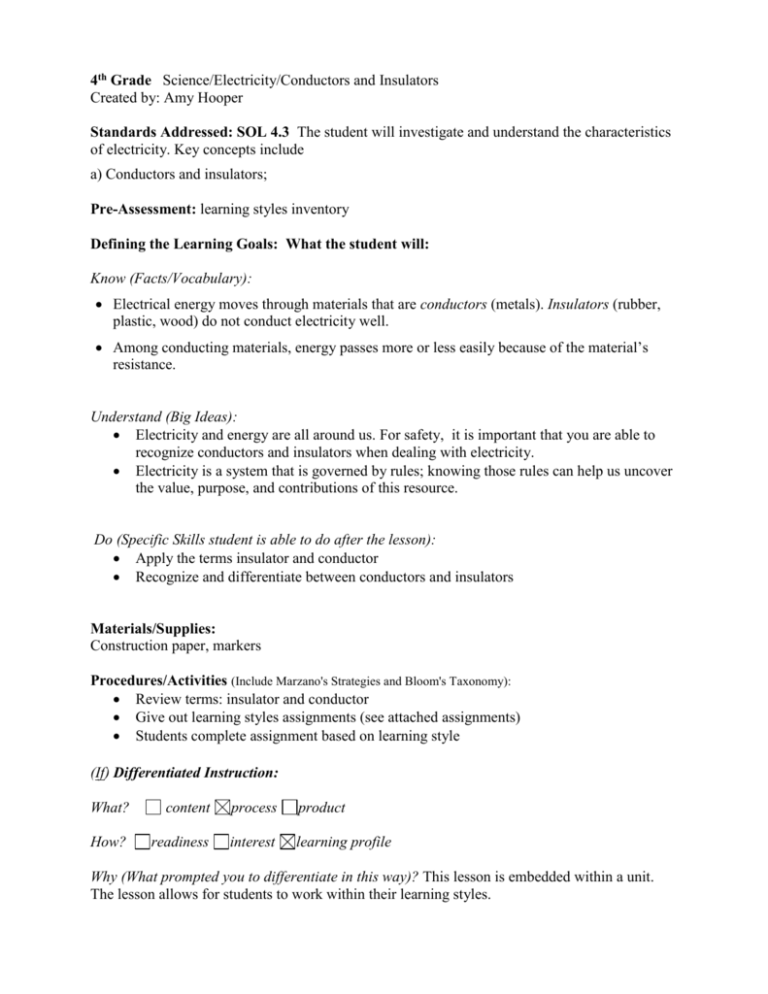
4th Grade Science/Electricity/Conductors and Insulators Created by: Amy Hooper Standards Addressed: SOL 4.3 The student will investigate and understand the characteristics of electricity. Key concepts include a) Conductors and insulators; Pre-Assessment: learning styles inventory Defining the Learning Goals: What the student will: Know (Facts/Vocabulary): Electrical energy moves through materials that are conductors (metals). Insulators (rubber, plastic, wood) do not conduct electricity well. Among conducting materials, energy passes more or less easily because of the material’s resistance. Understand (Big Ideas): Electricity and energy are all around us. For safety, it is important that you are able to recognize conductors and insulators when dealing with electricity. Electricity is a system that is governed by rules; knowing those rules can help us uncover the value, purpose, and contributions of this resource. Do (Specific Skills student is able to do after the lesson): Apply the terms insulator and conductor Recognize and differentiate between conductors and insulators Materials/Supplies: Construction paper, markers Procedures/Activities (Include Marzano's Strategies and Bloom's Taxonomy): Review terms: insulator and conductor Give out learning styles assignments (see attached assignments) Students complete assignment based on learning style (If) Differentiated Instruction: What? content process product How? readiness interest learning profile Why (What prompted you to differentiate in this way)? This lesson is embedded within a unit. The lesson allows for students to work within their learning styles. HCS Anchor Activities: Complete another learning style assignment Post-Assessment: Completed assignment Closure: Show/demonstrate assignment with class Teacher Reflection: (What went well? What would you do differently? Why?) © Henry County Schools 2007 HCS Learning Styles ST: Using a T-chart, make a list of insulators and conductors. You must have at least 10 for each. SF: Think about your house. Write 10 examples each of conductors and insulators that you could find in your home. NT: Use a Venn Diagram to compare and contrast insulators and conductors. Use at least 10 examples in your Venn-Diagram. NF: Draw a picture illustrating the different types of conductors and insulators. Be sure to include at least 10 examples of each. © Henry County Schools 2007


